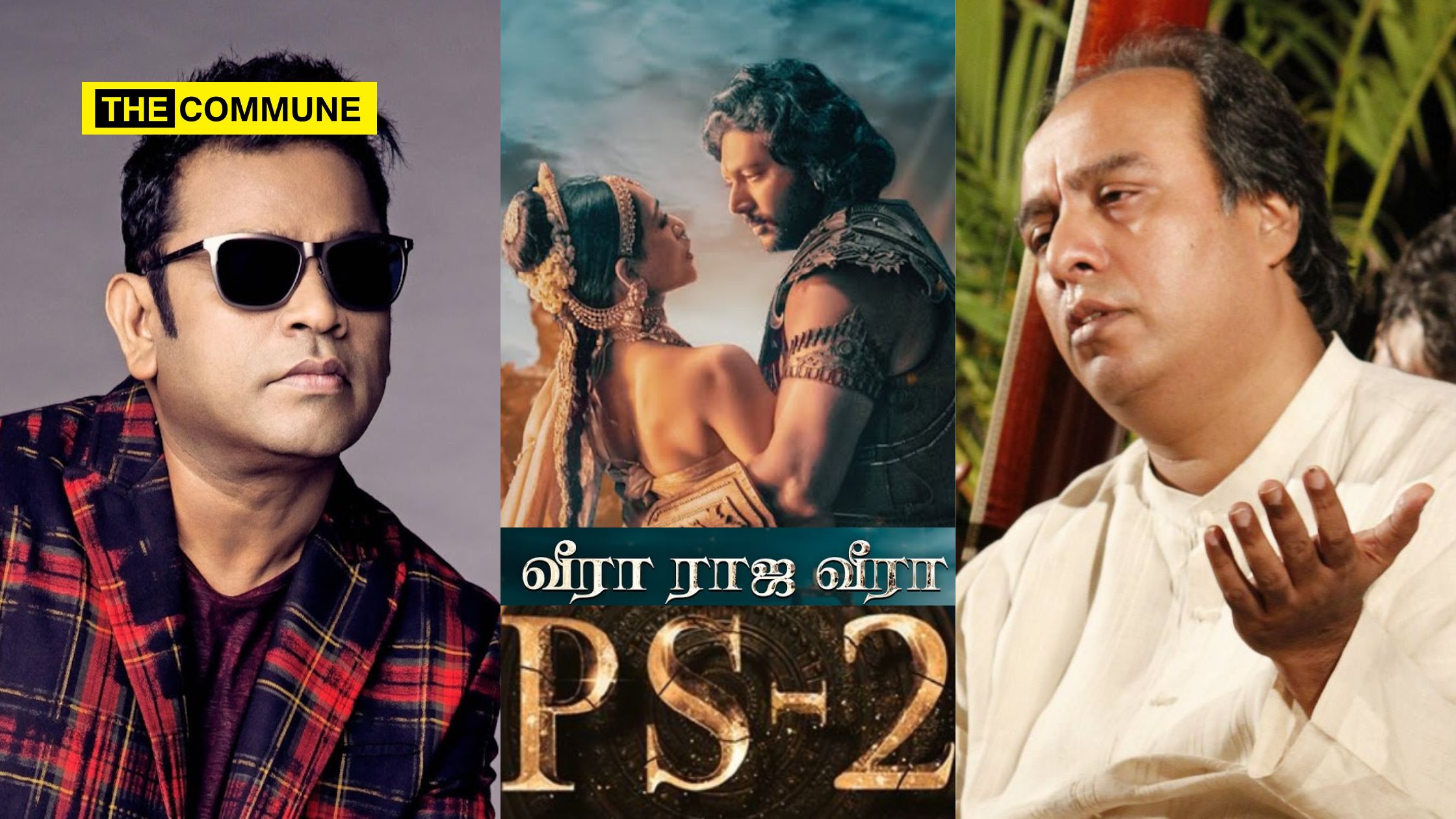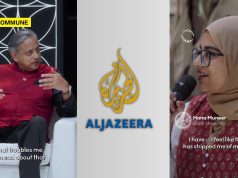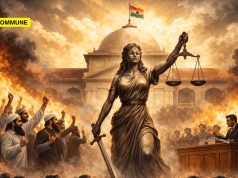
The Delhi High Court has directed renowned composer A.R. Rahman and the team behind Ponniyin Selvan 2 to deposit ₹2 crore with the court after a copyright infringement complaint involving the Junior Dagar brothers’ classical piece, Shiv Stuti. The legal dispute was initiated after Ustad Wasifuddin Dagar, a distinguished Dhrupad vocalist, accused Rahman of copying a traditional family composition to create the song Veera Raja Veera for the film.
In an interim order dated April 25, Justice Prathiba M Singh observed that, from the perspective of an average listener, Rahman’s composition bore not mere inspiration but substantial identity with the original Shiva Stuti — matching in its melodic structure, emotional tone, and overall auditory impression. The court found this to be a violation of the original creators’ rights and directed the filmmakers to insert a slide crediting Late Ustad N. Faiyazuddin Dagar and Late Ustad Zahiruddin Dagar, known as the Junior Dagar Brothers, across all OTT and online platforms where the film is available. The court further awarded ₹2 lakh towards legal costs to a family member of the late artists.
Ustad Wasifuddin Dagar alleged that Rahman had taken the entire composition without authorization, stating, “He took the entire composition and used it as he pleased.” According to Dagar’s students, efforts were made to contact Rahman, including an email sent to him. Though Rahman and Dagar eventually spoke briefly over the phone — a call that reportedly lasted only around 30 seconds after a three-minute wait — no resolution emerged from the conversation.
Madras Talkies, the production house behind Ponniyin Selvan, responded to the allegations by rejecting the plagiarism claims. Their legal team argued that Veera Raja Veera was not a direct copy of Shiva Stuti but based on a 13th-century composition attributed to Narayana Panditacharya. They dismissed the accusations as a “fishing expedition for monetary gain and publicity,” asserting that Shiva Stuti has been widely performed over time.
Adding to the controversy, Dagar’s students pointed out errors in the crediting process. Initially, the traditional Dhrupad lineage — the Dagarvani tradition — was not acknowledged in the description of the song and was only added approximately ten days later. Even then, the tradition was incorrectly spelled as “Dargavani” instead of “Dagarvani.”
Ustad Wasifuddin Dagar explained that the piece was composed by his father, Ustad Faiyazuddin Dagar, and uncle, Ustad Zahiruddin Dagar, in raga Adana, later known popularly as Shiva Stuti. The Dagar family belongs to the prestigious Dagar gharana, a lineage that traces its musical roots back over 20 generations to the 15th century and is recognized as a cornerstone of Hindustani classical music’s Dhrupad tradition.
Meanwhile, Shivam Bhardwaj, a disciple of Dagar credited in the supporting vocals of Veera Raja Veera, revealed that discussions regarding the song’s origin were already underway prior to the formal complaint. Arman Ali Dehlvi, another student involved in the Hindi version of the song, mentioned that he had suggested the use of raga Adana and demonstrated the traditional composition in Tarana style when Rahman sought ideas for a battle-themed song, to which Rahman reportedly responded positively and agreed to give credit to the Dagarvani tradition — though, as critics argue, the acknowledgment was poorly executed.
Anand, another disciple of Dagar, criticized Rahman’s handling of the situation, stating that while Rahman’s song amassed millions of views and substantial revenue, the original composition was marginalized, reduced to a mere footnote. He remarked, “Rahman excels in using ragas innovatively. So this brazen effort to copy-paste an entire bandish and pass it off as his doing is shocking. He’s just an arranger in this case.”
Initially, Wasifuddin Dagar contemplated creating a video to publicly highlight the similarities between the two pieces. However, he refrained after his family advised caution, warning him of the formidable influence wielded by powerful figures within the South Indian film industry.
(With input from NDTV and The Print)
Subscribe to our channels on Telegram, WhatsApp, and Instagram and get the best stories of the day delivered to you personally.




